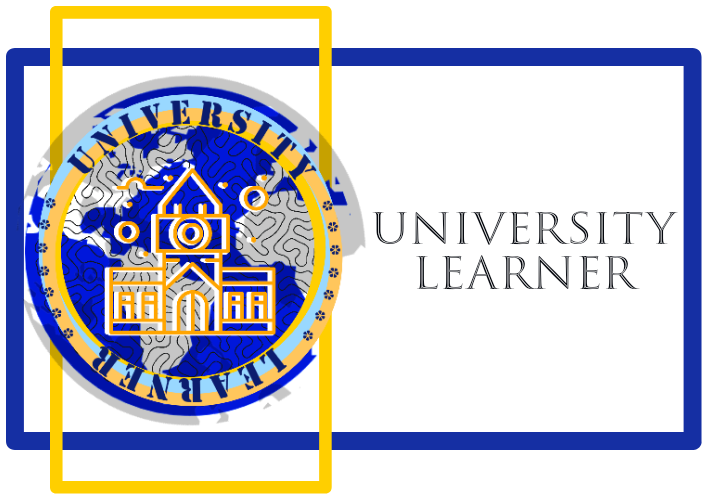To Read
-
Language
-
Features of language
-
Main components of language
-
Basic concepts: Idiolect, Dialect, language
-
Descriptive and Prescriptive
-
Origin and development of language
-
Language acquisition
Definitions of language
Features of language:
-
means of communication and self expression
-
displacement
-
Arbitrariness
-
non-instinctive conventional
-
duality of structure: sound and meaning
-
verbal symbolism
-
social phenomenon
-
human entity
-
creative, complex, extendable and modifiable
-
structurally complex
4 components of language
-
Listening
-
Speaking
-
Reading
-
Writing
Basic Concepts:
-
Idiolect
-
Dialect
-
Language
-
Pidgin
-
Diachronic and synchronic
-
Langue and Parole
-
Competence and performance
-
Descriptive and prescriptive
Origin and Development of language:
-
The Bow-wow theory
-
The Pooh-Pooh theory
-
The Ding-dong theory
-
The Yo-He-Ho Theory
-
The Ta Ta Theory
-
The La La Theory
-
Gestural Theory
-
The Music Theory
-
The Contract Theory
Language Learning and Teaching Approaches:
-
The Communicative Approach or Communicative Language Teaching (CLT)
-
The Structural Approach
-
The Oral Approach or Situational Language Teaching
Methods of Language Teaching:
-
Direct Method
-
Grammar Translation Method
-
Audio-Lingual Method
-
Total Physical Response (TPR)
-
Communicative Language Teaching (CLT)
-
The Silent Way
-
Community Language Learning
-
Immersion
-
Task-based Language Learning
-
The Natural Approach
-
The Lexical Syllabus
Language Acquisition: Stages of language acquisition:
-
Babbling Stage: Learning the sound system of a language
-
Holophrastic Stage: Learning the Syntax and Semantics of Language
-
The Two-World Stage: Learning the Grammar of a Language
Theories of Language Acquisition
-
Behaviourism
-
Mentalism
-
Behavioural (Empirical) Approach
Factors Influencing the Language Acquisition
-
Receptive Language before Expressive Language
-
Environmental Influences on Language Acquisition
-
Neutral networks
-
Biological Influences of Language Acquisition
-
Biology and environment
Pedagogy
-
Linguistic Principles of Teaching English
-
General Princiipals of Teaching a foreign Language
-
Follow the Natural Way
-
Principles of the Formation of Habits
-
Practice
-
The method of teaching English adopted at present in school curriculum is functional communicative approach
-
FAC is opposite to Structural Approach
-
Communicative language Teaching replaces Structural teachng
-
Direct method is also known as natural method
-
Grammar translation method stresses on: accuracy
-
Grammar translation method is used to teach: classical language
-
The objective of direct method: to develop a command over the target language
-
Grammar translation method is used to: enhance a student’s communication skills
-
Traditional method goes against the pedagogic principles
-
The incidental or Correlative Method is known as: Inductive***
-
Journey from example to generalization is : inductive method
-
Inductive method: known to unknown, simple to complex
-
Deductive method proceeds from: generalization to specification, law and rule to observation
-
One of the principles of materials preparation of language learning is that grading of the material can be chosen
-
Correct pronounciation of individual sound is related to accuracy
-
Language acquisition occurs only when: the child has exposure to the language.
-
When a child is asked to recite a poem, it can help the teacher to test: comprehension
-
The structure ‘he goes to school’ is often produced by learners due to over generalizations of rules
-
For teaching grammar, the best grammar that a teacher can use is: pedagogic grammar
-
A test opf listening comprehension is a test of: receptive skill
-
Organisation of arguments and ideas in paragraphs is an important aspect of: writing personal letters
-
Brain storming means: to collect all ideas on a topic
-
Interective listening is listening and responding
-
Reading skils can be developed best by: focusing on the use of words from context in the text
-
Mother tongue influence can be effectively minimised in the classroom by: giving inputs from the target language in a simple graded manner.

